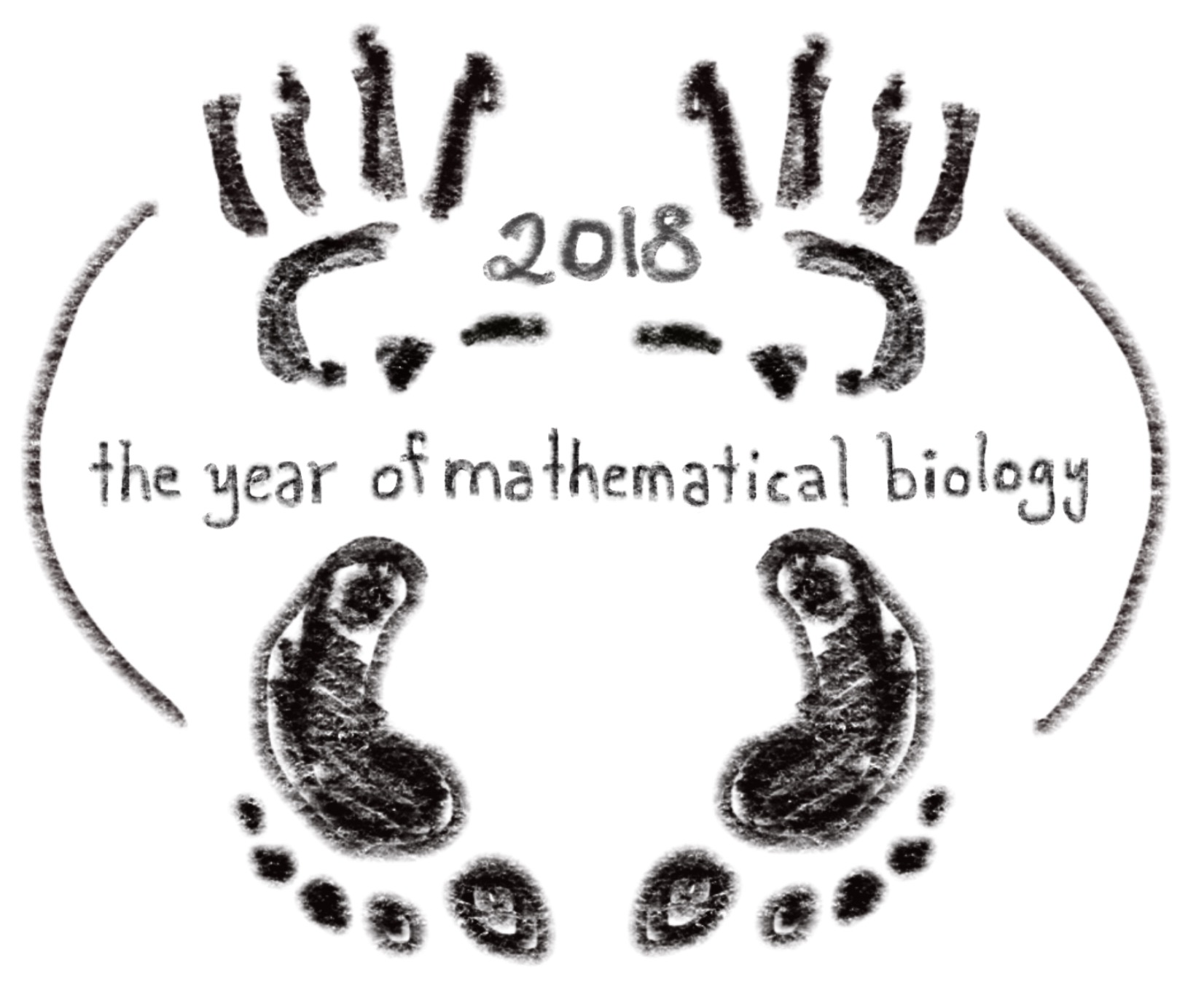Biomath 2018 School for Young Scientists
The school comprises plenary lectures and sessions for contributed talks.
The lectures specifically dedicated to the school are of more introductory nature giving foundations and insight into the respective topic rather then focusing on new results and are
presented by some of the keynote speakers of the conference. A central event of the school is the Hot Topics Workshop. Several scholars act as moderators,
presenting "hot areas" and related open problems. All PhD students and early career researchers participating in the conference are considered members of the
school. The PhD presentations (oral or posters) will be assessed by a jury.
Meeting with the keynote speakers
24 June 2017, 18:00 – 20:30
Young scientists, who intend to be part of the school, need to attend.
Dedicated SYS Lectures
25 June 2017, 09:00 – 09:50
Gail Wolkowicz, Classical and Resource-Based Competition: A Unifying Graphical Approach
A graphical technique will be described for determining the outcome of two species competition for two resources [1]. This method is unifying in the sense that the graphical criterion leading to the various outcomes of
competition are consistent across most of the spectrum of resource types (from those that fulfill the same growth needs to those that fulfill different needs) regardless of the classification method usedr. As well, the r
esulting graphs bear a striking resemblance to the well-known phase portraits for two species Lotka-Volterra competition [2]. Our graphical method complements that of Tilman [3]. Both include zero net growth isoclines.
However, instead of using the consumption vectors at potential coexistence equilibria to determine input resource concentrations that lead to specific competitive outcomes, we introduce curves bounding the feasible set
(the set of all potential equilibria). The washout equilibrium (corresponding to the supply point) occurs at an intersection of curves defining the feasible set boundary. The resource concentrations of all other equilibria
are found where zero net growth isoclines either intersect each other or the feasible set boundary. A species has positive biomass at such an equilibrium only if its zero net growth isocline is involved in such an
intersection. The competitive outcomes are then determined from the position of the single species equilibria, just as in the phase portrait analysis for classical competition (rather than from information at potential
coexistence equilibria as in Tilman's method).
References:
[1] Balyk MM and Wolkowicz GSK (2011) Classical and resource-based
competition: A unifying graphical approach, Journal of Mathematical
Biology, 62:81-109.
[2] Gause GF (1934) The struggle for existence. Williams and Wilkins, Baltimore
[3] Tilman D (1982) Resource competition and community structure. Princeton University Press, New Jersey
26 June 2017, 18:00 – 19:00
Raluca Eftimie, Linear and weakly-nonlinear stability analysis for the investigation of pattern
formation in nonlocal hyperbolic models describing biological aggregations
Aggregations in cell/bacterial/animal communities are characterized by a variety of shapes and can exhibit stationary or moving
behaviours. Understanding the biological and mathematical mechanisms behind the formation of these patterns, as well as the mechanisms
involved in the transitions between different patterns helps us make predictions on the evolution of these communities.
Here we will consider a class of nonlocal hyperbolic models for the collective movement of animals, and use linear and weakly nonlinear
stability analysis to investigate the formation of different patterns around codimension-1 and codimension-2 bifurcation points.
We will also discuss how the symmetry of the model influences our analysis. This approach will allow us classify
the multitude of patterns arising near these bifurcation points, and help us understand the transitions between specific patterns.
Certificates
Certificates for successful completion of the School for Young Scientist (SYS) are issued to participants who have made a presentation
(talk or poster) and attended all conference activities including the dedicated SYS lectures and the Hot Topics workshop.
PhD students are further expected to have taken part in the PhD Presentations Competition.
Articles related to the organisation of the School for Young Scientists:
Integrating learning and research at the "Biomath" conference series
More about the SYS organization:The plenary and keynote lecturers are asked to present their lectures in a suitable form for the broad audience and the SYS participants are asked to attend these lectures and are encouraged to ask questions. Also, the presentations by the SYS participants are assessed both by their peers and a jury amongst the keynote lecturers and some of the established scholars and are awarded respectively. Accordingly, the members of the jury are asked to listen to students presentations. In addition, several of the established scholars known to have PhD students are asked to present "hot topics & open problems" and act as moderators of the discussions during this presentation. In this way the School for young scientists is fully integrated with the conference in the sense that both young scientists and many of the established scholars participate in the learning process. At an earliest occation the participating young scientists are gathered at a meeting and are instructed about the specific arrangement of the conference.
The integration of the SYS and the scientific conference enables certain benefits such as:
-- the distance between established lecturers and students diminishes or even vanishes;
-- students actively participate in the presentations as posing questions after lectures give them more scores; there is little possibility for the students to "sleep" during lectures (as may happen with traditional tutorial courses);
-- established scholars have the opportunity to know good students and students have the opportunity to make contacts with prestigeuos professors;
--during the open tasks sessions students learn about important biomathematical problems;
-- students recieve useful practical information related to their career;
-- time is saved: usually at least half a day is spend on tutorial lectures, that time is now saved.

